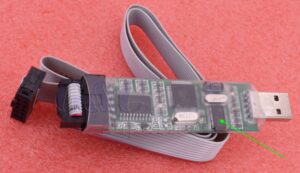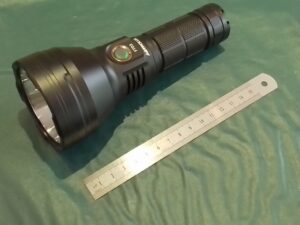Garden environmental telemetry project – part 1 laid out plans for a simple maker / DIY IoT garden environmental telemetry system.
This article reports tests on three sensor configurations, all using a Pt100 sensor with 4-20mA converter.
This article reports
- Pt100 remote from a 4-20mA converter (ie long Pt100 3 wire wiring);
- Pt100 with co-located 4-20mA converter (ie long 4-20mA loop wiring);
Pt100 remote from a 4-20mA converter (ie long Pt100 3 wire wiring)
The 4-20mA sensor is 8m of CAT5 cable from the Pt100 element. The Pt100 signal sensitivity is about 400µV/° @ 15° (25000°/V).
Above, some experiments in AC powering and earthing shows the analog sensor chain prone to noise. The first half of the display is powered from a small power bank (18650 cell with switched mode boost converter). The second half is with the 5V derived from a DIN rail mount Chinese 230VAC power supply (copy of Meanwell MDR-2–5), not the quietest of output. Continue reading Garden environmental telemetry project – part 2








